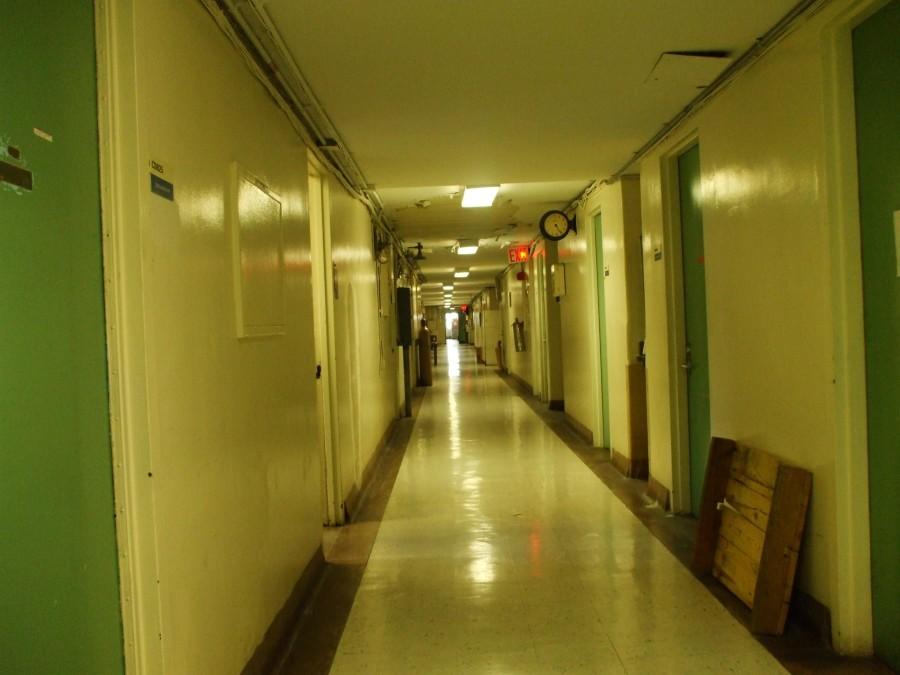Deadly airstrike on hospital in Afghanistan draws US back into conflict
October 6, 2015
By Shashank Bengali and Ali M. Latifi
Los Angeles Times
(TNS)
KABUL — The war, at least for the United States, was supposed to be winding down.
But an apparently errant bombing Saturday morning has thrust the U.S. military back to the forefront of a conflict in Afghanistan that shows no signs of abating, and has underscored the risks of the Obama administration’s halfway approach to reducing the scope of a 14-year mission.
U.S. military officials said that an airstrike aimed at insurgents in the northern Afghan city of Kunduz shortly after 2 a.m. Saturday “may have resulted in collateral damage to a nearby medical facility.” That facility was a trauma center operated by the international charity Doctors Without Borders, which had 105 civilians and 80 medical staff inside.
At least 19 people — 12 medical staff and seven intensive-care patients, including three children — were killed and 37 injured, the aid group said. The group said its facility was hit repeatedly over more than an hour’s time and questioned how the hospital could have been struck after it had informed U.S. and Afghan military officials of the facility’s GPS coordinates multiple times over the last month, including just four days earlier.
“This attack is abhorrent and a grave violation of international humanitarian law,” said Meinie Nicolai, president of Doctors Without Borders. “We demand total transparency from coalition forces. We cannot accept that this horrific loss of life will simply be dismissed as ‘collateral damage.’”
Zeid Raad Hussein, the U.N. high commissioner for human rights, called the event “tragic, inexcusable and possibly even criminal.”
“International and Afghan military planners have an obligation to respect and protect civilians at all times, and medical facilities and personnel are the object of a special protection,” he said. “These obligations apply no matter whose air force is involved, and irrespective of the location.”
The Pentagon was sending a team led by a one-star general to investigate the incident, said a U.S. Defense official, who was not authorized to speak on the record. “While we are still trying to determine exactly what happened, I want to extend my thoughts and prayers to everyone affected,” Defense Secretary Ash Carter said.
Doctors Without Borders workers said the main hospital building — housing an ICU, emergency rooms and physiotherapy wards — was “hit very precisely” by a series of airstrikes from 2:08 until 3:15 a.m. “while surrounding buildings were left mostly untouched.”
The strikes continued for half an hour after the agency contacted military officials and informed them of the hospital’s position, staff said.
“When I made it out from the office, the main hospital building was engulfed in flames,” said Heman Nagarathnam, the group’s head of programs in northern Afghanistan. “Those people that could had moved quickly to the building’s two bunkers to seek safety. But patients who were unable to escape burned to death as they lay in their beds.”
The fallout from the apparent airstrike represents exactly the scenario the U.S. military was trying to avoid in Afghanistan when it moved into a largely “noncombat” role starting in January, shrinking the American troop presence to 9,800 and narrowing the focus to advising Afghan forces.
Under the new mission, the U.S. military can carry out airstrikes only to protect its own forces or in counterterrorism operations. The Obama administration hoped the rules would force Afghan troops, despite their dependence on the U.S.-led coalition for air power, to become more self-reliant while reducing the U.S. role and minimizing the risk of civilian casualties.
Former Afghan President Hamid Karzai frequently railed against the U.S. for not doing enough to avoid civilian deaths. U.S. military officials have privately acknowledged that wayward airstrikes and violent raids in civilian areas help fuel support for insurgents.
Through August the U.S. military had launched 523 airstrikes in 2015, one-third as many as in the same period last year. But as in previous years, the bombings ticked up over the summer as fighting increased and Afghan forces were unable to stop Taliban-led militants from making advances in the north, south and east of Kabul, the capital.
The events of the last week have stretched the definition of “noncombat” and prompted Pentagon officials to argue that the withdrawal of more U.S. troops should be delayed.
“In the space of 72 hours, we’ve seen both the need for a more robust U.S. presence and the dangers of one,” said Scott Smith, Afghanistan director for the United States Institute of Peace, a think tank.
After the Taliban grabbed control of Kunduz on Monday — the first time since the U.S.-led invasion in 2001 that the group had seized a major Afghan city — American forces conducted at least three airstrikes against suspected militants around the city of 300,000.
On Thursday, as Afghan forces pushed the Taliban from Kunduz, U.S. special forces troops traded fire with insurgents in the city, one of the first times this year that American service members were involved in direct ground fighting in Afghanistan.
With sporadic fighting ongoing, a spokesman for coalition forces, Col. Brian Tribus, said the Saturday strike targeted “individuals threatening the force.” Carter said the area near the hospital “has been the scene of intense fighting the last few days” and that both U.S. forces and Taliban fighters were stationed nearby.
Some Afghan officials said insurgents were firing weapons from inside or near the hospital. However, a witness reached by phone said there were no hostilities in the area at the time of the strike. The Taliban denied that any of its fighters were in the hospital.
The witness, who did not want to be named for security reasons, said the hospital building, the only functioning medical facility in the city, caught fire and screams were heard coming from the intensive care unit.
More than a dozen wounded people were carried out of the building, where many bled to death, he said, because planes were still flying over the area for more than an hour after the bombing. Video captured at the scene afterward showed the one-story facility as a blackened shell, with fires burning inside.
“It was a terrible sight, but we were helpless to do anything as long as the planes were flying,” he said by phone.
The Doctors Without Borders hospital had treated nearly 400 patients since Monday and has a policy of administering care to any injured person, even insurgents. The Afghan public Health Ministry said the damage “will have a major impact on the delivery of additional health services to the people of Kunduz.”
©2015 Los Angeles Times
Visit the Los Angeles Times at www.latimes.com
Distributed by Tribune Content Agency, LLC.
















